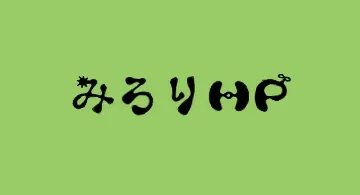I’m continuing to read Moomin books, and I’m utterly enchanted. The pastoral tone of the writing is so soothing. Plus, each chapter begins with a summary of the events to come—how thoughtful is that? I’ve always written summaries of what I read, mainly so I can easily recall the story later when I revisit the notes (though I admit I also just enjoy the process of summarizing). But with pre-written summaries in place, that task is practically unnecessary. I’ll still jot down a few lines for formality’s sake, though. Also, the numerous illustrations drawn by the author herself are incredible. I’m a big fan of this kind of realistic yet whimsical style.
The Moomin children find the Hobgoblin’s Hat at the top of a mountain. This magical hat transforms anything placed inside it into something completely different. Chaos ensues: Moomintroll is turned into a monster, the Moominhouse is turned into a jungle, water poured into the hat becomes delicious raspberry juice, and even crumpled paper turns into floating clouds they can ride. While the hat brings excitement and fun, it also proves troublesome, so they decide to get rid of it. They offer the hat to the Groke in exchange for the King’s Ruby, solving their problem—or so they think.
Not long after, the Hobgoblin himself shows up in search of the King’s Ruby. Naturally, they don’t want to give it up, so they refuse. The Hobgoblin, disheartened, surprisingly offers to grant everyone’s wishes as consolation (!?). Among the many wishes he fulfills, someone cleverly requests, “I wish you’d have another King’s Ruby, just like ours.” The Hobgoblin conjures a second ruby for himself, and with that, everyone ends up happy—what a perfect ending.
But seriously, what’s with granting everyone’s wishes as a form of consolation!? There are moments in the story that left me scratching my head, but the Moomin world is inherently carefree. Besides, these characters aren’t human—they likely have a different sense of morality altogether. Midori-san might say that’s just how this world works, and it’s easy to accept.
As with Comet in Moominland, I feel the primary aim of this book is to depict the whimsical world of Moominvalley rather than focusing solely on plot. It’s a perfect choice if you’re looking for a laid-back read for a peaceful afternoon.
- Snufkin: “Any time you want to try something, there’s always some danger involved. Who cares? Just toss it in and see what happens.”
Snufkin is as amazing as ever. Honestly, his whole vibe feels distinct from the rest of the Moominvalley crew. Why is that? Probably because he’s the only one who speaks in abstract terms. Abstract thought contrasts with concrete thought, as it distills the common essence of things. For example, “red” and “green” can be abstracted into the concept of “color,” while “color” can be made concrete as “red” or “green.” Abstraction is a skill that requires intelligence, making it an intellectual act. That’s why Snufkin comes across as so effortlessly cool.
